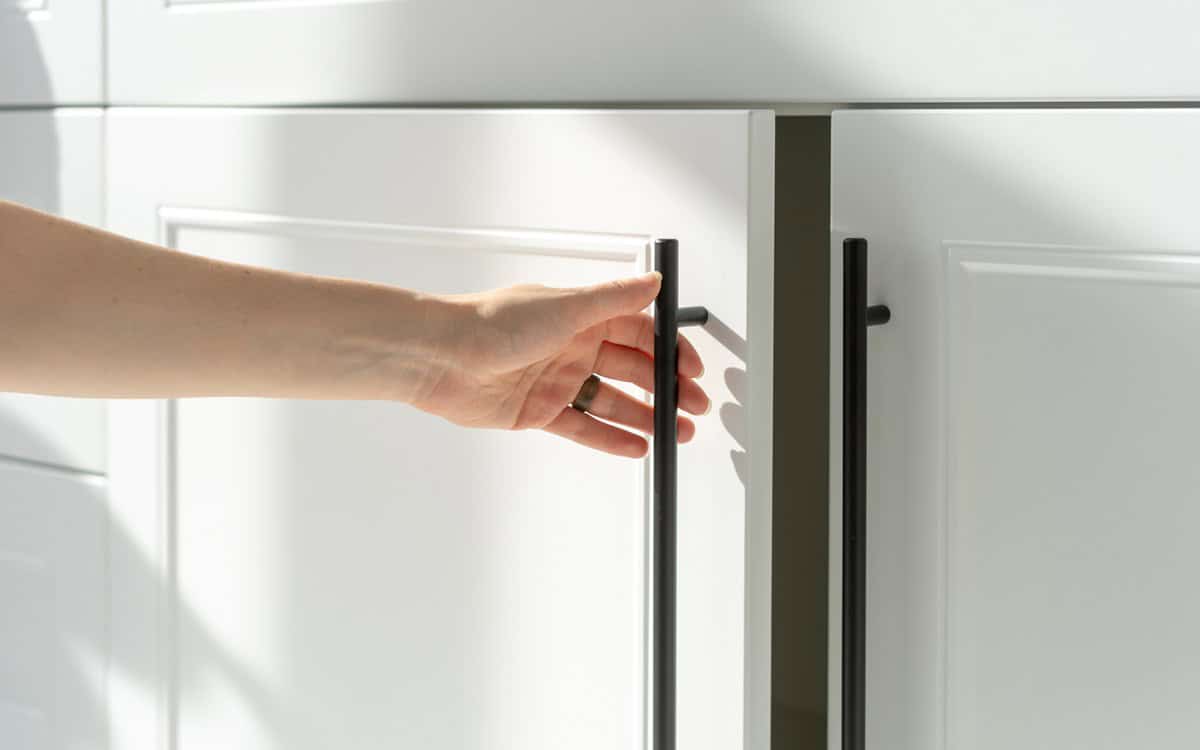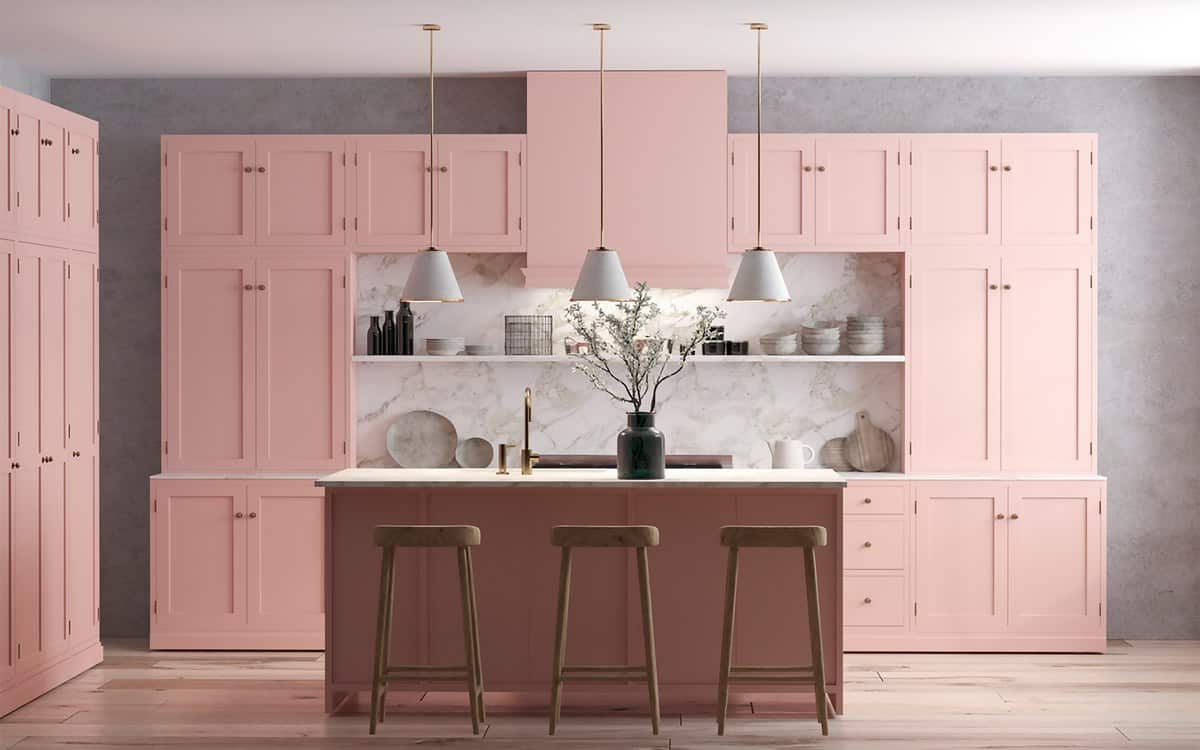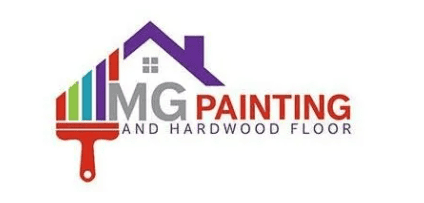If you’re exploring a kitchen or bathroom refresh, the question of oil-based vs water-based paint for cabinets is likely at the top of your list. Many homeowners searching for reliable cabinet painters in New Hampshire want to make sure they’re choosing the right type of paint for durability, look, and long-term maintenance. In this guide, we’ll break down everything you need to know to make a confident decision.
Key Takeaways:
- Oil-based paint offers a hard, durable finish but comes with strong fumes and longer drying times.
- Water-based paint (like acrylic or latex) is easier to clean, faster to dry, and more eco-friendly.
- The best choice depends on your priorities: durability vs convenience.
- Both can work well with proper prep and professional application.

What’s the Difference Between Oil-Based and Water-Based Paint?
Let’s start with the basics. Oil-based paint uses natural or synthetic oils as a binder, while water-based paint uses water. This difference affects how each paint behaves during application and how it holds up over time.
- Oil-Based Paint: Thick, smooth, and creates a hard shell. Takes longer to dry and needs mineral spirits or turpentine for cleanup.
- Water-Based Paint: Thinner and more breathable. Dries faster, has low odor, and cleans up easily with soap and water.
Pros and Cons of Oil-Based Paint for Cabinets
Pros:
- Extremely durable and resistant to wear and tear: Oil-based paint forms a hard, enamel-like shell that stands up well to daily dings, scratches, and scrubbing, making it ideal for busy kitchens.
- Smooth, professional-looking finish: Because it levels out beautifully as it dries, oil-based paint delivers a flawless look with minimal brush marks, resulting in a high-end appearance.
- Great for high-traffic areas like kitchens: Its resilience to moisture, grease, and repeated cleaning makes oil-based paint a solid choice for cabinets that see a lot of action.
Cons:
- Long drying and curing time (can take days): Oil-based paint can take up to 24 hours to dry between coats and several days to fully cure, which can delay your project timeline significantly.
- Strong fumes (requires good ventilation): The high levels of volatile organic compounds (VOCs) in oil-based paints produce strong odors that can linger and may require open windows, fans, or even vacating the area temporarily.
- Clean-up requires harsh solvents: Cleaning brushes, rollers, or accidental drips means using strong chemicals like mineral spirits or turpentine, which are messier and more toxic than water-based cleanups.
- May yellow over time, especially in low-light areas: One common drawback of oil-based paint is its tendency to discolor, turning yellow with age—particularly in areas that don’t receive much natural light.
Pros and Cons of Water-Based Paint for Cabinets
Pros:
- Quick drying time (often within a few hours): This allows you to complete your project more quickly, minimizing disruption to your kitchen or bathroom routine. It also means fewer chances for dust or debris to settle on wet paint.
- Low VOCs and minimal odor: Water-based paints emit fewer harmful fumes, making them safer to use indoors, especially in homes with kids, pets, or sensitive individuals.
- Easy clean-up with just soap and water: No need for harsh chemicals—just rinse brushes and rollers in the sink, which simplifies the post-project clean-up process.
- Stays white and resists yellowing: Unlike oil-based paints, water-based formulas maintain their color integrity over time, making them ideal for white or light-colored cabinets.
Cons:
- Slightly less durable than oil-based: While modern water-based paints are quite resilient, they can be more prone to chipping and wear in high-traffic areas without proper prep and sealing.
- May require more coats for full coverage: Because it’s typically thinner than oil-based paint, you might need an extra coat or two to achieve a smooth, opaque finish.
- Can raise the grain on wood if not properly prepped: If the surface isn’t properly sanded or primed, water-based paint can cause wood fibers to swell, resulting in a rougher texture.

Which One Is Better for Kitchen Cabinets?
This depends on your needs:
- Choose oil-based paint if you want long-lasting durability and a hard finish that stands up to lots of use.
- Go with water-based paint if you want a quicker, cleaner project with less environmental impact.
Today’s premium water-based paints have come a long way. Brands like Benjamin Moore’s Advance and Sherwin-Williams’ Emerald Urethane offer excellent durability that rivals oil-based options.
Final Verdict: Oil-Based vs Water-Based Paint for Cabinets
There’s no one-size-fits-all answer. If you’re a homeowner prioritizing longevity and a hard-as-nails finish, oil-based might be the way to go. If you’re more concerned about fumes, cleanup, or timeline, water-based could be the smarter choice.
A trusted local pro can walk you through the decision based on your specific cabinets, space, and lifestyle.
Let’s Transform Your Cabinets Into Something You’ll Love
You’ve learned the pros and cons—now let’s bring your vision to life. At MG Painting and Hardwood Floors LLC, we specialize in high-quality cabinet painting that stands the test of time. Whether you choose oil-based or water-based paint, our expert team will guide you through every step with personalized service and top-tier results.
Call 207-501-3827 today for a free consultation and see why we’re the go-to cabinet painters in New Hampshire.




